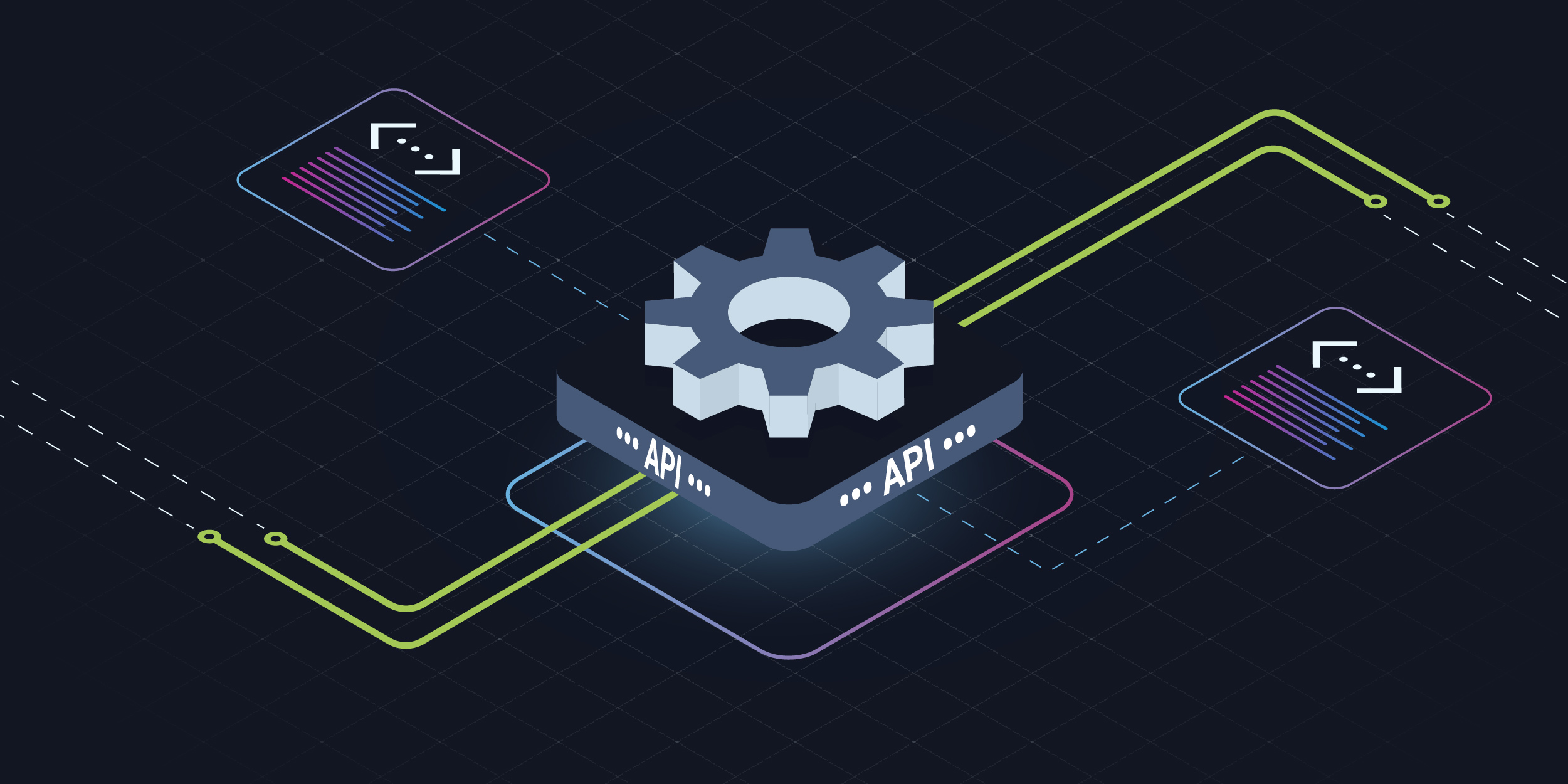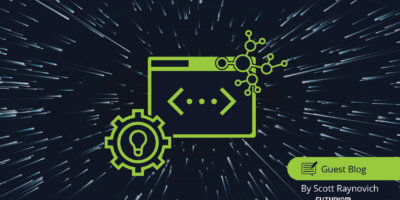Looking back just a few years ago, business networks were viewed by most as “dumb pipes” – merely a means to send data from one place to the next. The interfaces and tools used to manage networks, such as the command line interface (CLI), were focused on manual interactions of engineers – logging in, changing parameters, etc.
Today’s networks need to be agile and scalable in order to deploy quickly, adapt to ever-changing requirements, and keep up with the other technologies they support. Dumb pipes and manual CLI efforts will no longer cut it.
Two critical components in this ongoing evolution of enterprise networks are automation and network programmability.
Enterprises look to automation to manage their network infrastructure through a central engine, and to programmability to replace manual interactions with software-based interfaces to automate their end-to-end networks. The right network architecture designed with high degrees of automation and network programmability leads to improved operational efficiency, faster time-to-market for new services and the ability to adapt to changing requirements.
Network programmability, in particular, helps enterprises adapt to emerging trends within IoT, cloud, 5G and edge computing. And the industry is fully embracing programmability. As more vendors move towards a controller-centric environment, enterprises are adopting controllers at scale. The vendor community is now providing equipment with programmable interfaces – an API to their network hardware. These programmable interfaces are becoming the de facto way to manage networks.
The Role of APIs
Organizations deploying programmable networks need to follow an API-first approach.
Network programmability uses software to deploy and manage various network elements and to take action based on business requests or network events.
In a programmable environment, APIs become the primary interface to the network. Standardized APIs increase reusability and efficiency. When cloud providers like AWS began to offer standardized APIs for network capabilities, programmers could immediately use APIs to generate their network infrastructure, eliminating the manual-intensive efforts of creating and testing command line configurations.
With the evolution of APIs moving from cloud to networking infrastructure, new applications can be developed in a similar fashion to software code development. This “infrastructure as code” movement allows for a cleaner and faster automation of networking infrastructure — permitting software applications to program the network quickly.
In some ways, the software-defined networking (SDN) movement of the mid 2010s established the vision for today’s programmable networks. SDN has allowed for the creation of networks that are less complex to operate, but also more flexible and agile.
At the same time, automation has become more centered on APIs. As network infrastructure continues to become more programmable and treated as software, organizations need to evolve their existing CLI-based automations with APIs. Rather than automate box-by-box or device-by-device, you can now talk to the API, and that API can talk to tens, hundreds, or thousands of network elements. The thinking has shifted from automating box-by-box to “how do I automate through these APIs?”
With network programmability and automation, enterprises are able to automate tasks involved in configuring, managing, and operating network equipment, services, and connectivity.
Reaping the Benefits of Programmable Networks
Organizations evolving to programmable networks recognize several benefits, including cost savings, greater innovation, increased customization, and a reduction in both time-to-market and human error.
The rise of the programmable network creates opportunities for both app developers and network engineers. Previously, applications and infrastructure were built and designed in silos by separate teams. Now with programmable networks, teams gain the ability to collaborate and develop solutions that meet the changing needs of the business.
As noted earlier, the fast pace of digital transformation is demanding that networks become more agile and able to adapt to constant change — and programmable networks are fundamentally changing the way in which we build and manage our network architecture.
Itential is an API-First Platform
At Itential, supporting network programmability is a key priority. That’s why our platform is built to be API-first. Itential leverages the API endpoints provided by modern network and IT tools to integrate all of your network elements and provide a single, aggregated network API for exposure, which enables self-service delivery.
The benefits of an API-first model are forward-looking as well. Rather than facing a need to build custom integrations with every common networking system, the platform uses API standards, and can even auto-generate integrations based on only an API document. Any system you adopt in the future can become part of your ecosystem seamlessly, and can be automated with Itential along with everything else. Plus, we leverage JSON Schema to turn CLI-based scripts into APIs to become part of that same ecosystem.
With this API-first approach, Itential allows you to gain all the benefits of modern programmable network tooling, making automation as practical and effective a strategy as possible.
Article originally published on ITOps Times.





